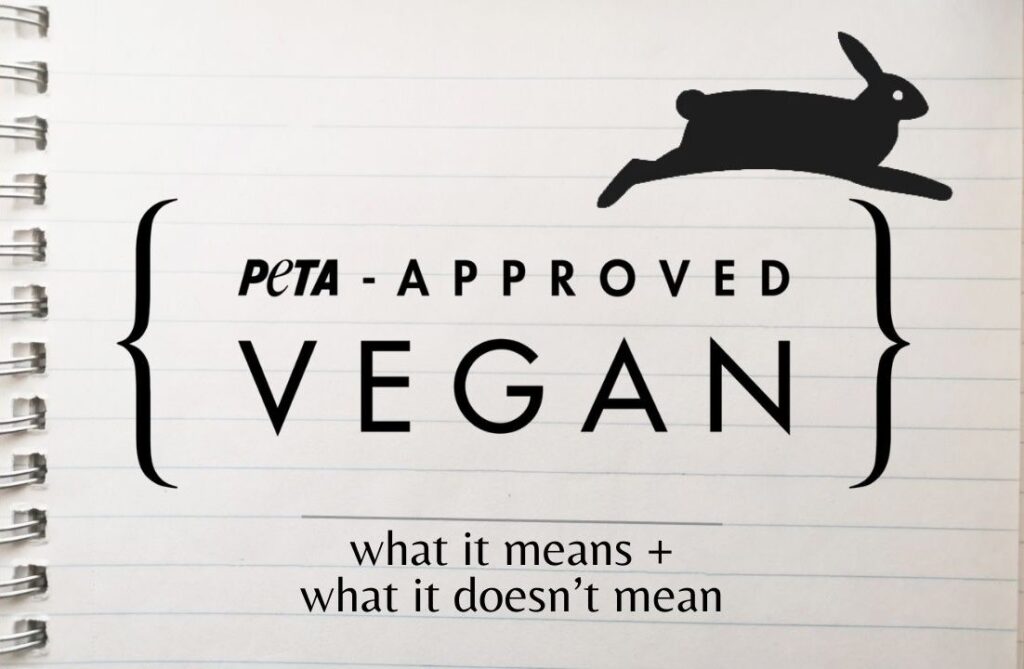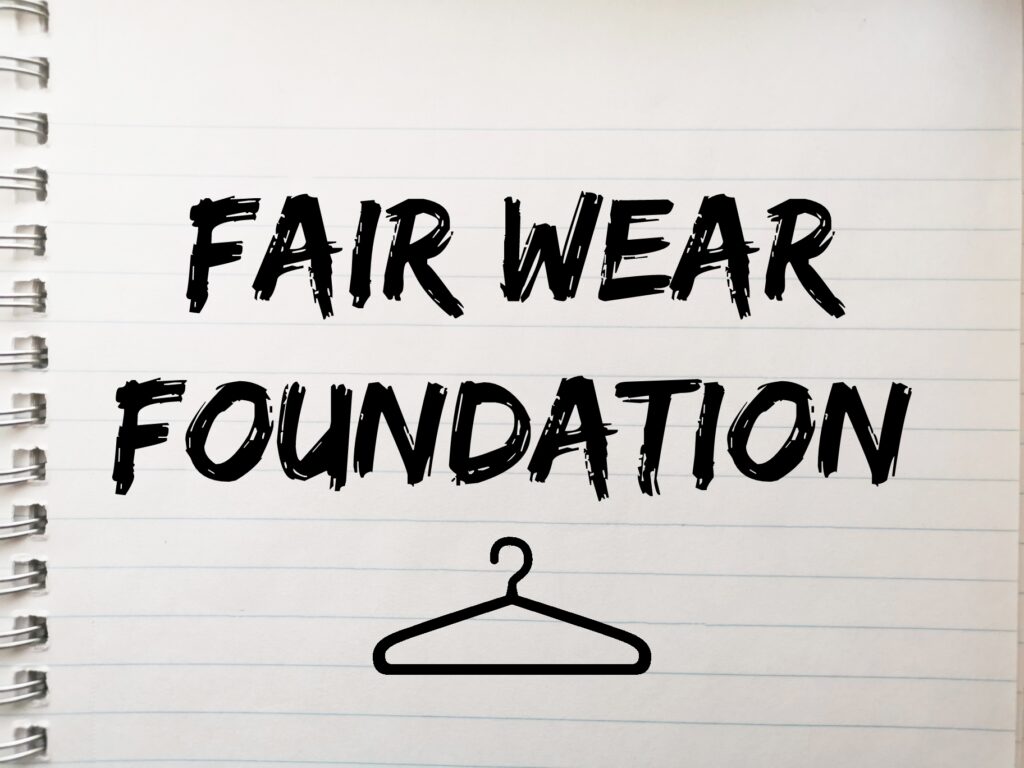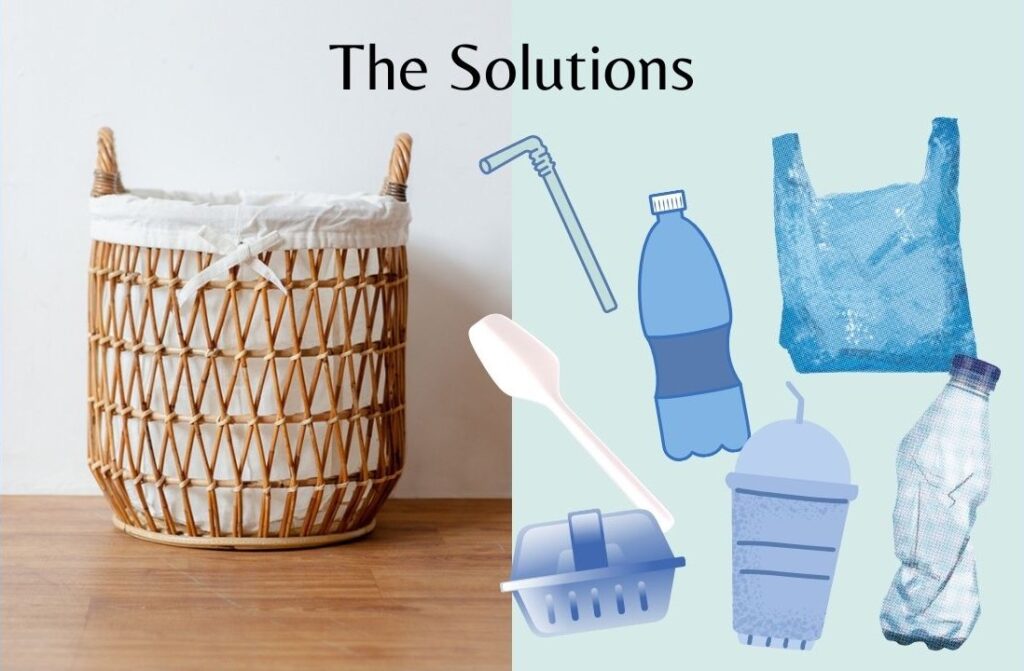Bored out of your wardrobe? Can’t see your summer dress any more? Swap dresses with your friend! I was over my bright yellow 100% cotton dress and just swapped it with my friend N during our holiday in Livorno, Italy for a pink knitted dress. By doing this, we are both extending the life-span of our dresses.
Recent research performed by the Department of Sustainability Science, LUT University, Finland even shows the positive effects of extended use of your garments. Researchers compared the global warming potential (GWP) of different ownership and end-of-life scenarios for textiles. And what do you think is a more sustainable approach? Innovative recycling, extended use or a subscription at your local clothing library?
Their analysis suggests the REDUCE scenario leads to the lowest GWP, followed by the REUSE scenario. ‘Reducing’ being extended use of a garment, and ‘reusing’ being reselling a garment, a.k.a. second hand or vintage shopping.
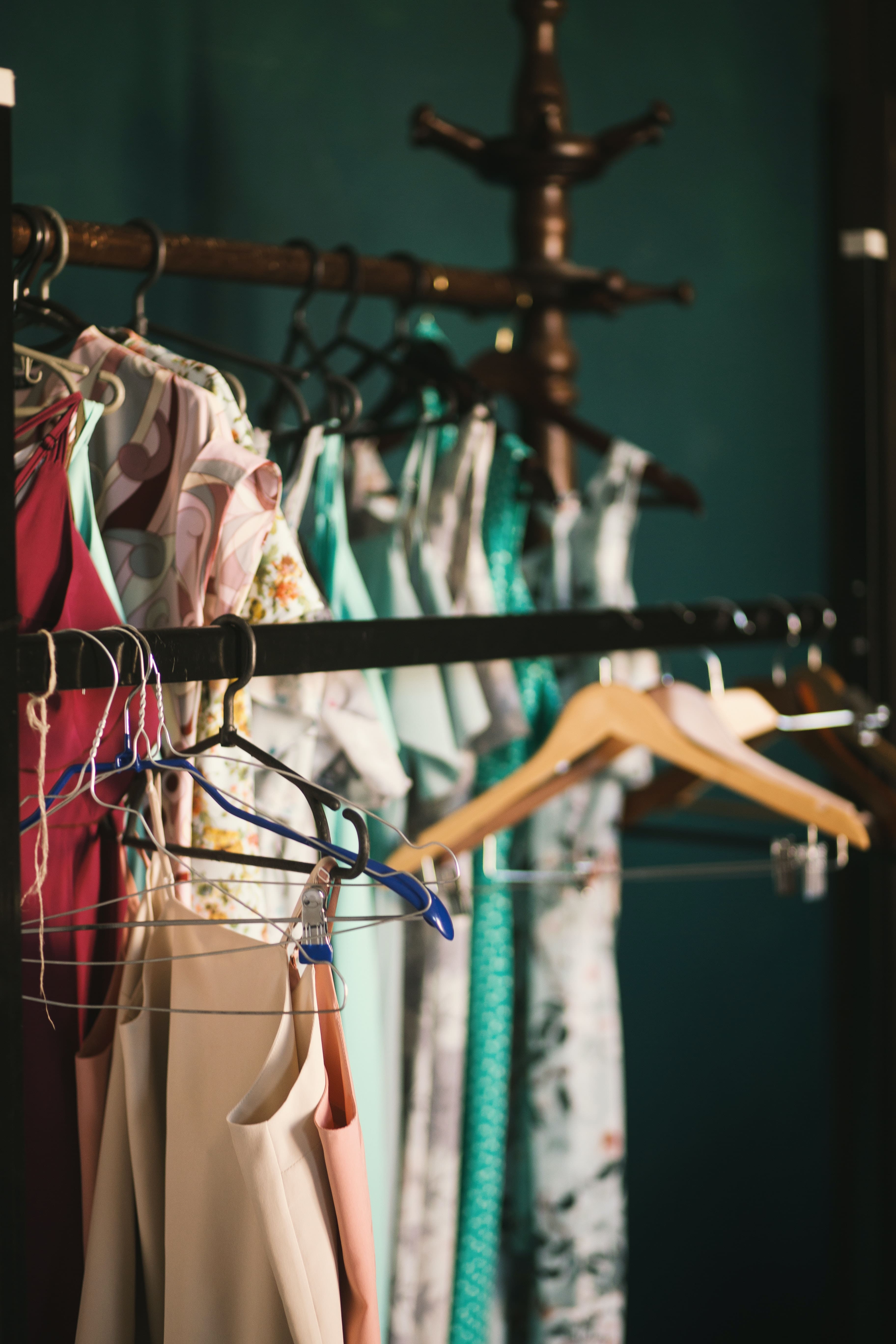
Recycling and leasing resulted in being the scenarios with a higher GWP. According to this study, textile recycling leads to higher overall emissions and the use of rental services will increase consumer’s mobility. On a large scale, this will cause a higher GWP.
Perhaps the words ‘sustainable’ and ‘mass-production’ don’t go hand in hand?
Even though the many innovative circular economy (CE) approaches are meant to be more ‘sustainable’, the actual environmental impact and behavioural changes of consumers are unknown. The last thing we need is for these approaches to have a more negative impact on the environment.
Let the researchers do the research and let us listen to the results of this paper: REDUCE & REUSE. So please keep on extending the life of your precious pieces by wearing them over and over again or making your friends (or strangers) wear them endlessly.
stop leasing?
But don’t cancel your subscription at the local clothing library just yet. The main problem in the textile industry is the massive over-production and this is a systematic problem.
Currently, putting a halt on the huge amount of garments produced each day is the most efficient way for the industry to become more sustainable. Even sustainable mass-production is still mass-production and perhaps the words sustainable and mass-production don’t go hand in hand?
Sources
Levänen, J., Uusitalo, V., Härri, A., Kareinen, E., & Linnanen, L. (2021, May 12 ). Innovative recycling or extended use? Comparing the global warming potential of different ownership and end-of-life scenarios for textiles. Environmental Research Letters, 16(5), 1-11.
